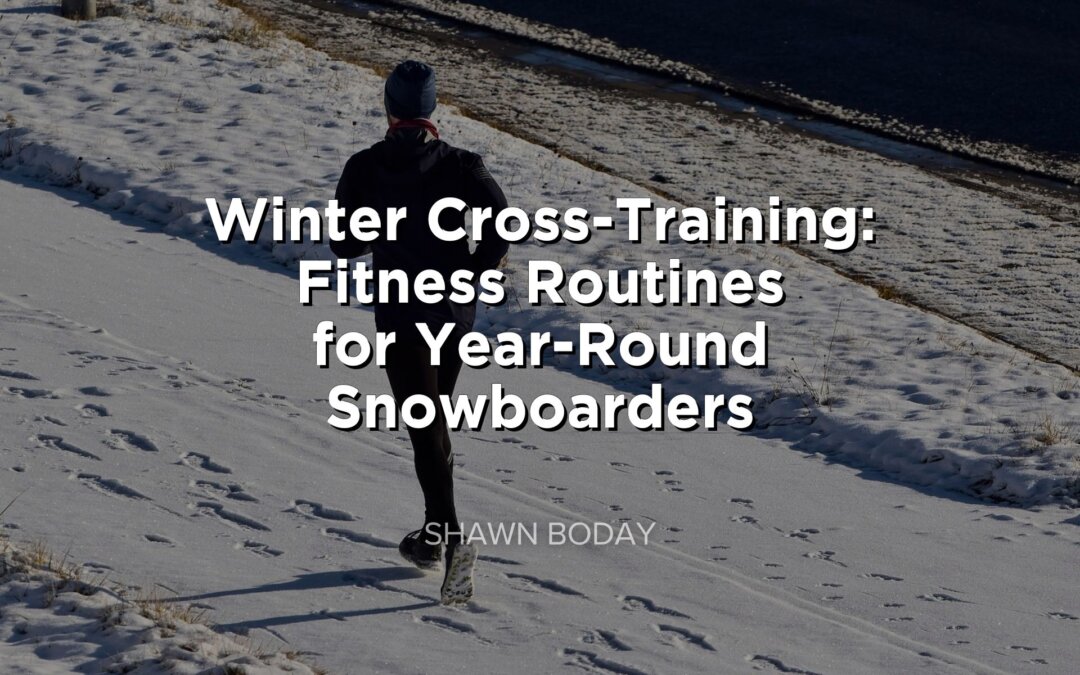Whether you’re a seasoned pro or just getting started on your snowboarding journey, you know that staying in shape year-round is essential to shred those slopes when winter rolls around. That’s why we’re here to break down some winter cross-training fitness routines that will keep you riding strong all year.
1. Cardio Workouts:
Let’s kick things off with cardio workouts – the foundation of your snowboarding fitness. Activities like running, cycling, and swimming help boost your endurance and overall cardiovascular fitness. Aim for at least 30 minutes of cardio exercise most days of the week to maintain a strong riding stamina.
2. Leg Strength:
Your legs are the driving force behind your snowboarding skills. To strengthen them, try squats, lunges, and leg presses at the gym. Don’t have a gym membership? No problem! Bodyweight exercises like squat jumps and step-ups can be done at home.
3. Core Workouts:
Your core is your secret weapon on the slopes. Strengthen your core with exercises like planks, Russian twists, and leg raises. A strong core helps you maintain balance, control your turns, and handle those jumps and tricks.
4. Balance and Flexibility:
Snowboarding demands balance and flexibility, so don’t skimp on these aspects of your training. Yoga and Pilates are great choices for improving your balance and flexibility. They also help prevent injuries on the mountain.
5. Plyometric Training:
To enhance your explosive power and agility, incorporate plyometric exercises like box jumps and burpees. These workouts mimic the quick, powerful movements you’ll use when navigating the terrain, and they’ll make your snowboarding smoother and more fun.
6. Stretching and Mobility:
Don’t forget to stretch before and after your workouts. Stretching improves your overall range of motion and helps prevent stiffness. Focus on stretching your hamstrings, quads, and hip flexors, as these areas are heavily used during snowboarding.
7. Snowboard Simulator:
Consider using a snowboard simulator to keep your skills sharp during the off-season. These devices mimic the feel of snowboarding and let you practice your balance and muscle memory. You can find them at some gyms or even build your own at home.
8. Healthy Diet:
A balanced diet plays a crucial role in your fitness journey. Consume a variety of nutrients to keep your energy levels high and aid in muscle recovery. Foods like lean protein, whole grains, fruits, and vegetables are essential.
Remember, consistent training is key. Mixing up these routines throughout the year will ensure you’re ready to hit the slopes when the snow falls. So keep sweating, stay active, and get ready for an epic winter season ahead!
Whether you’re riding the powdery mountains or the sunny slopes, keeping your fitness game strong all year will make your snowboarding experience even better. So, keep training, and we’ll see you out there on the snow!

